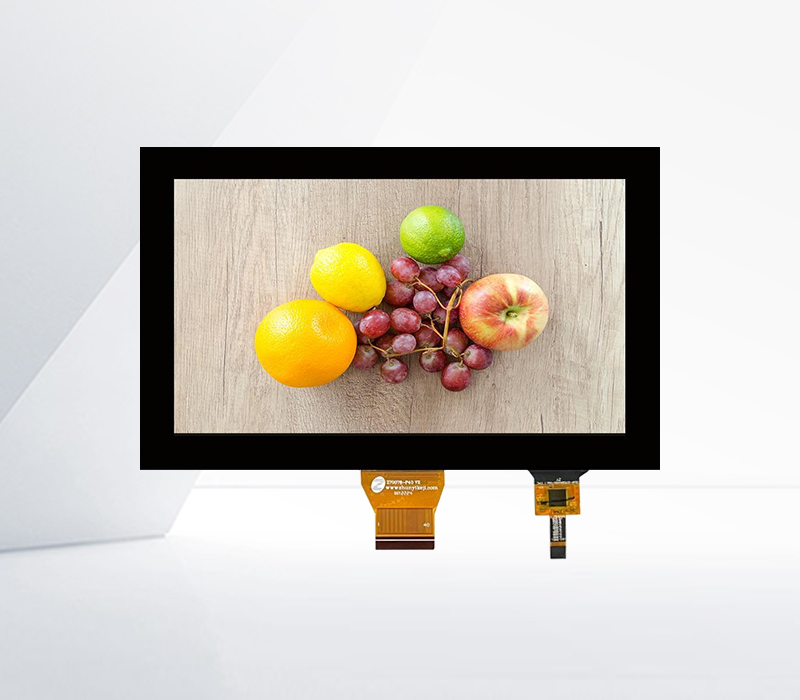



Flat LCD Screen

Firstly, flat LCD screens exhibit excellent stability in image display. Due to its flat screen and regular and uniform pixel arrangement, it does not have the possibility of uneven pixel arrangement like some curved screens. This enables flat LCD screens to present very clear and stable effects when displaying static images and text, without problems such as image distortion or deformation. For users who need to read text, view charts, etc. for a long time, flat LCD screens are a very ideal choice.
Secondly, the cost of flat LCD screens is relatively low. After years of development and technological improvement, the production process of flat LCD screens has become very mature, and large-scale production has continuously reduced their costs. This has led to the widespread use of flat LCD screens in various electronic devices, from low-end electronic watches and calculators to mid to high end computer monitors, televisions, and more.
In terms of color expression, flat LCD screens also have good performance. Through advanced color filter technology and control technology of liquid crystal molecules, flat LCD screens can present rich and vivid colors. Whether displaying natural scenery, portraits, or various dynamic video content, it can meet the visual needs of users. At the same time, the color reproduction of flat LCD screens is also high, which can accurately reproduce the color information of the original image and provide users with a real and accurate visual experience.
However, flat LCD screens also have some shortcomings. For example, its viewing angle range is relatively narrow. When users view the screen from the side or tilt angle, they will find that the brightness and color of the image will undergo significant changes, affecting the viewing effect. In addition, the response time of flat LCD screens is relatively long, and when displaying fast and dynamic images, there may be phenomena such as ghosting and blurring, which is a major problem for some gamers and video enthusiasts who require high visual fluency.
Overall, although flat LCD screens have some drawbacks, their advantages are also very obvious, and they are still one of the mainstream display technologies in the current market. With the continuous advancement of technology, the performance of flat LCD screens is also constantly improving, and it is believed that they will continue to play an important role in future electronic devices.
